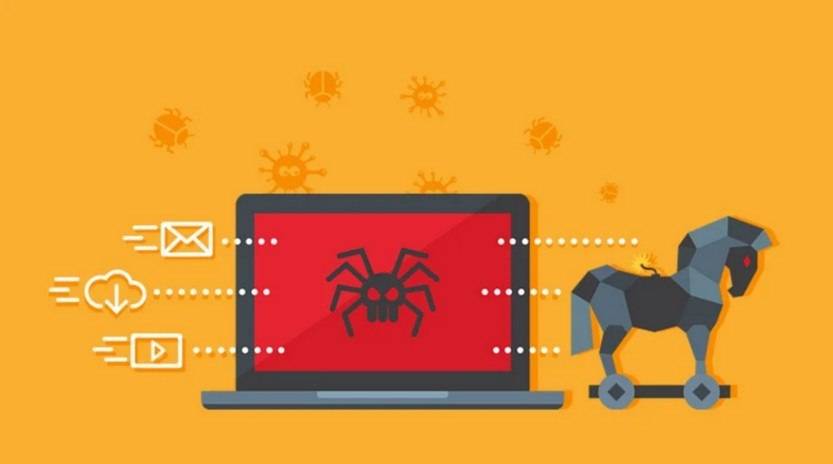Online scams have become increasingly sophisticated, targeting unsuspecting individuals and organizations. One such scam that has gained traction in recent years is the Amazon ‘Security Enhancement Protocol’ phishing scam. This article aims to provide a comprehensive overview of this scam, including what it is, how it works, what to do if you have fallen victim, and other relevant data.

What is the Amazon ‘Security Enhancement Protocol’ Phishing Scam?
The Amazon ‘Security Enhancement Protocol’ phishing scam is a fraudulent scheme designed to trick Amazon customers into revealing their personal and financial information. Scammers impersonate Amazon customer support representatives and send phishing emails or make phone calls to unsuspecting victims.
The scam typically begins with an email or phone call claiming that the recipient’s Amazon account has been compromised or that there has been suspicious activity on their account. The scammers then instruct the victim to follow a series of steps to secure their account, which often involves providing sensitive information such as login credentials, credit card details, or social security numbers.
How Does the Scam Work?
The Amazon ‘Security Enhancement Protocol’ phishing scam relies on social engineering techniques to deceive victims. Here is a step-by-step breakdown of how the scam typically unfolds:
- The scammer contacts the victim via email or phone, posing as an Amazon customer support representative.
- They inform the victim that their Amazon account has been compromised or that there has been suspicious activity.
- The scammer creates a sense of urgency and instructs the victim to take immediate action to secure their account.
- The victim is directed to a fake website that closely resembles the official Amazon website.
- On the fake website, the victim is prompted to enter their login credentials, credit card information, or other sensitive data.
- Once the victim submits their information, the scammers gain access to their Amazon account and can potentially use the stolen information for fraudulent activities.
What to Do If You Have Fallen Victim?
If you have fallen victim to the Amazon ‘Security Enhancement Protocol’ phishing scam, it is crucial to take immediate action to minimize the potential damage:
- Change your Amazon account password: Go directly to the official Amazon website and change your password. Ensure that the new password is strong and unique.
- Contact Amazon customer support: Inform Amazon about the scam and provide them with any relevant information. They can assist you in securing your account and potentially reversing any unauthorized transactions.
- Monitor your financial accounts: Regularly check your bank and credit card statements for any suspicious activity. If you notice any unauthorized transactions, report them to your financial institution immediately.
- Scan your device for malware: Phishing scams often involve malicious software. Run a scan with Malwarebytes Free or any reputable antivirus software to detect and remove any potential threats.
- Be cautious of future communications: Exercise caution when receiving emails or phone calls claiming to be from Amazon. Verify the legitimacy of the communication by contacting Amazon directly through their official channels.
Other Relevant Data
According to a report by the Federal Trade Commission (FTC), phishing scams cost consumers millions of dollars each year. The Amazon ‘Security Enhancement Protocol’ phishing scam is just one of many tactics used by scammers to exploit unsuspecting individuals.
It is important to stay informed and educated about the latest scams and phishing techniques to protect yourself and your personal information. By being vigilant and following best practices for online security, you can reduce the risk of falling victim to such scams.
Summary
The Amazon ‘Security Enhancement Protocol’ phishing scam is a deceptive scheme that targets Amazon customers, aiming to steal their personal and financial information. Scammers impersonate Amazon customer support representatives and use social engineering techniques to trick victims into revealing sensitive data.
If you have fallen victim to this scam, it is crucial to take immediate action by changing your Amazon account password, contacting Amazon customer support, monitoring your financial accounts, scanning your device for malware, and being cautious of future communications.
Remember, staying informed and practicing online security best practices are essential in protecting yourself from phishing scams and other fraudulent activities. By being proactive and vigilant, you can safeguard your personal information and prevent financial loss.










